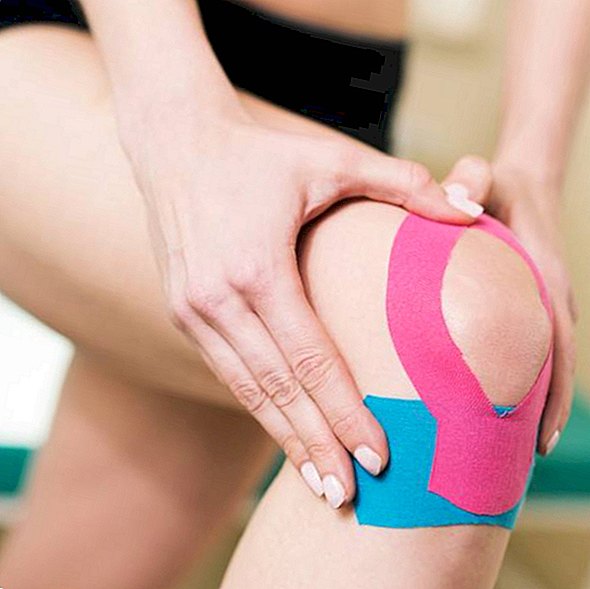Kinesiology: What is it?

Kinesiology - what is it?
The Applied Kinesiology (AK) (Greek: "doctrine of the movement") is a holistic method. It was developed in the early 1960s by the American chiropractor dr. George Goodheart develops and combines findings from the meridian doctrine, chiropractic, nutritional and kinetic studies.
Humans are considered as a "triad" of structure (muscles, ligaments, tendons, bones, joints), metabolism and psyche. If all three elements are harmonically balanced, the human is healthy. Life energy flows freely through the body.
Physical and mental stress cause energy blockages in the meridians and can lead to diseases. This can be seen in the function of individual muscles, which are connected via the meridians with organs. Kinesiology detects and eliminates such blockages.
There are different directions in kinesiology. The most important: "Touch for Health": Health care and self-help "Edu-Kinestetik" and "Brain Gym": Elimination of learning blocks Psycho-Kinesiology for therapists: Detecting repressed conflicts as the cause of diseases "Three-in-One Concepts": Finding emotional blocks
Which methods are used in kinesiology?
Muscle tests are used to detect energetic blockages. To compensate for energetic imbalances, acupressure, reflexology, physical exercises, visualization techniques and exercises to integrate the two halves of the brain are used.
For which complaints does kinesiology make sense?
Kinesiology is a complementary method of treating back pain, neck and shoulder tension, tension headache, indigestion, allergies, food intolerances, sleep disorders, fatigue / lack of vital energy, learning and perception disorders, psychosomatic complaints, and accompanying dental treatment. As a self-help method, one can use kinesiology for everyday problems as well as for recognizing and reducing one's own stress levels.
How well is kinesiology scientifically proven?
The effectiveness of the method has not been proven by scientific studies.
What limitations are there in kinesiology?
The professional title kinesiologist is not protected. A professional association for "accompanying kinesiologists" is the German Society for Applied Kinesiology (DGAK). Members must have at least 150 hours of training.
For prolonged, chronic and severe acute complaints and illnesses never use kinesiology without consulting the doctor. Muscle tests do not replace the medical diagnosis! As a complementary method, kinesiology can be used in addition to any other therapy. Side effects and interactions are unknown.
For whom is kinesiology suitable?
Kinesiology is suitable for those who are not afraid to engage in an unusual method, and are curious to learn more about themselves. If you want to use kinesiology for self-help, you need patience to learn the method carefully and apply it correctly.
How much is the treatment?
A 60-minute session costs between 50 and 100 euros depending on the professional background of the therapist. The costs for kinesiological treatments are not covered by statutory health insurance.
Where is more information?
Information about doctors, dentists and physiotherapists with kinesiologischer additional education you get at the German Medical Association for Applied Kinesiology, Nederlinger Straße 35, 80638 Munich, Tel. (089) 159 59 51, www.daegak.de.
Further information is available from the German Society for Applied Kinesiology (DGAK), Dietenbacher Straße 22, 79199 Kirchzarten, Tel. (076 61) 98 07 56, www.dgak.de.










